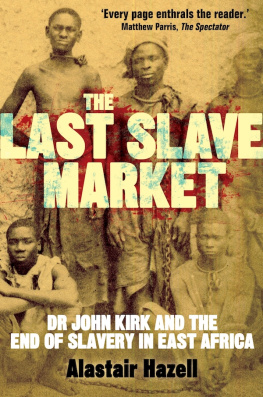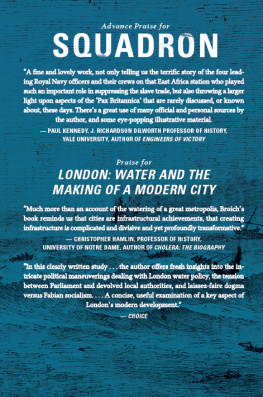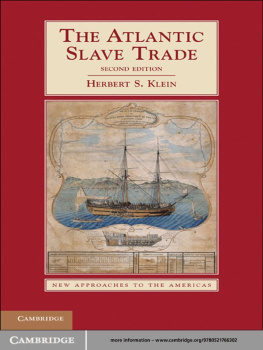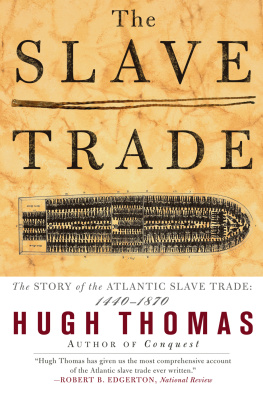Muted Memories
Muted Memories
Heritage-Making, Bagamoyo, and the East African Caravan Trade
Jan Lindstrm
First published in 2019 by
Berghahn Books
www.berghahnbooks.com
2019 Jan Lindstrm
All rights reserved. Except for the quotation of short passages
for the purposes of criticism and review, no part of this book
may be reproduced in any form or by any means, electronic or
mechanical, including photocopying, recording, or any information
storage and retrieval system now known or to be invented,
without written permission of the publisher.
Library of Congress Cataloging-in-Publication Data
Names: Lindstrm, Jan, 1950- author.
Title: Muted memories: Heritage-Making, Bagamoyo, and the East African
Caravan Trade / Jan Lindstrm.
Description: New York: Berghahn Books, 2019. | Includes bibliographical
references and index.
Identifiers: LCCN 2018056510 (print) | LCCN 2018061754 (ebook) |
ISBN 9781789201734 (ebook) | ISBN 9781789201727 (hardback: alk. paper)
Subjects: LCSH: Bagamoyo (Tanzania)History19th century. | Bagamoyo
(Tanzania)CommerceHistory. | Ivory industryTanzania
History. | Slave tradeTanzaniaBagamoyo.
Classification: LCC DT449.B34 (ebook) | LCC DT449.B34 L56 2019 (print) |
DDC 967.823dc23
LC record available at https://lccn.loc.gov/2018056510
British Library Cataloguing in Publication Data
A catalogue record for this book is available from the British Library
ISBN 978-1-78920-172-7 hardback
ISBN 978-1-78920-173-4 ebook
Maps and Figures
Maps
Figures
Preface
The idea to write this book germinated when the government of Tanzania in January 2006 announced on its web page that Bagamoyo and the East African caravan trade route had been put on the countrys tentative list as a potential world heritage site. Bagamoyo was the most important trade port on the East African mainland coast during the second half of the nineteenth century. It was both the terminus for the trade in ivory and slaves from the interior of the continent and the entrept for the intercontinental trade in cotton cloth, weapons, and ammunition.
This announcement caught my interest because I had held a position between 1996 and 2002 as a sociocultural analyst at the Swedish Embassy in Dar es Salaam. I was involved in an informal group of concerned Tanzanians from the University in Dar es Salaam, UCLAS (University College of Architectural and Land Use Studies), the Department of Antiquities, and the Ministry of Natural Resources and Tourism, who worked to find financial recourses to arrange an international conference in Bagamoyo. The aims of the planned conference were both to identify the outstanding universal values of the town and the caravan trade, and to evaluate the potentials of Bagamoyo to be inscribed in UNESCOs World Heritage List. This process culminated in September 2002 with the arrangement of the conference.
The University of Gothenburg worked through a separate process, to establish heritage studies as one of the universitys strategic research fields. This inspired researchers at the university and Chalmers University of Technology interested in heritage-making and the Swahili world along the East African coast to formulate an application for financial support to undertake a fact-finding mission and to make contacts in Tanzania. The application was approved and a visit was carried out in 2011 to Tanzania, including meetings and discussions with researchers and experts on heritage conservation in Zanzibar, Dar es Salaam, and Bagamoyo.
The research team included, besides the author, Katri Lisitzin, Mikela Lundahl, and Inger-Lise Syversen. They formulated the research proposal Frictions, Fractures and Cultural Resilience in Swahili Coastal Towns that eventually received funding from Sida/SAREC. This grant made it possible for me to once again visit Bagamoyo in 2013 and reestablish contacts with some of the members in the informal work group that planned and arranged the 2002 International Conference. I am grateful for this support and the support received from the School of Global Studies, Gothenburg University, in the form of paid time to write this book.
I am also grateful to colleagues and friends in Sweden and Tanzania who assisted me in this process, and in particular to Vilhelmina Poppius who helped me with the text. All remaining mistakes, misunderstandings, and misconceptions are, of course, mine.
Introduction
Many visitors to Bagamoyo fail to notice the Old Stone Town to their right, at the shore of the Indian Ocean, when they head for the Catholic mission station with its museum a few kilometers to the north of the center of the town. If they return for a tour through the town, which was placed in 2006 on Tanzanias Tentative List as a potential World Heritage site, they may experience the closed, often abandoned houses, and the tranquility of the streets. Guides will volunteer, for a negotiable sum, to take the tourists to the buildings correctly or incorrectly associated with the history of the slave trade. Horrors of the past are here mixed with the beauty of the palms along the coral sand beach and the genius loci or the spirit of the town, described by many as its slow rhythm and fresh air. Hidden behind the massive stone walls and solid carved-wood doors and under the dust on the narrow streets and lanes is a both fascinating and frightening history.
Heritage-making, a concept purposely selected in this research to capture the various processes in the identification, formulation, and presentation of a cultural heritage, implies that different options may be available to identify a heritage, what it represents, and how it shall be presented. Memories are created and often used to express aspirations and claims. Heritage-making is an ongoing process of forming an identity.
Inherent in this process is that a heritage, particularly a world heritage, ideally should carry only one interpretation, image, or story. This should be captured in its outstanding universal value, the criteria that a cultural heritage must meet to become a world heritage. This logic implies that alternative stories or interpretations are silenced. Additionally, interpretations or claims of rival groups at the local level, in the academic world, and among experts on heritage conservation are often marginalized through processes of exclusion when a particular interpretation is selected and promoted in the branding of the heritage.















